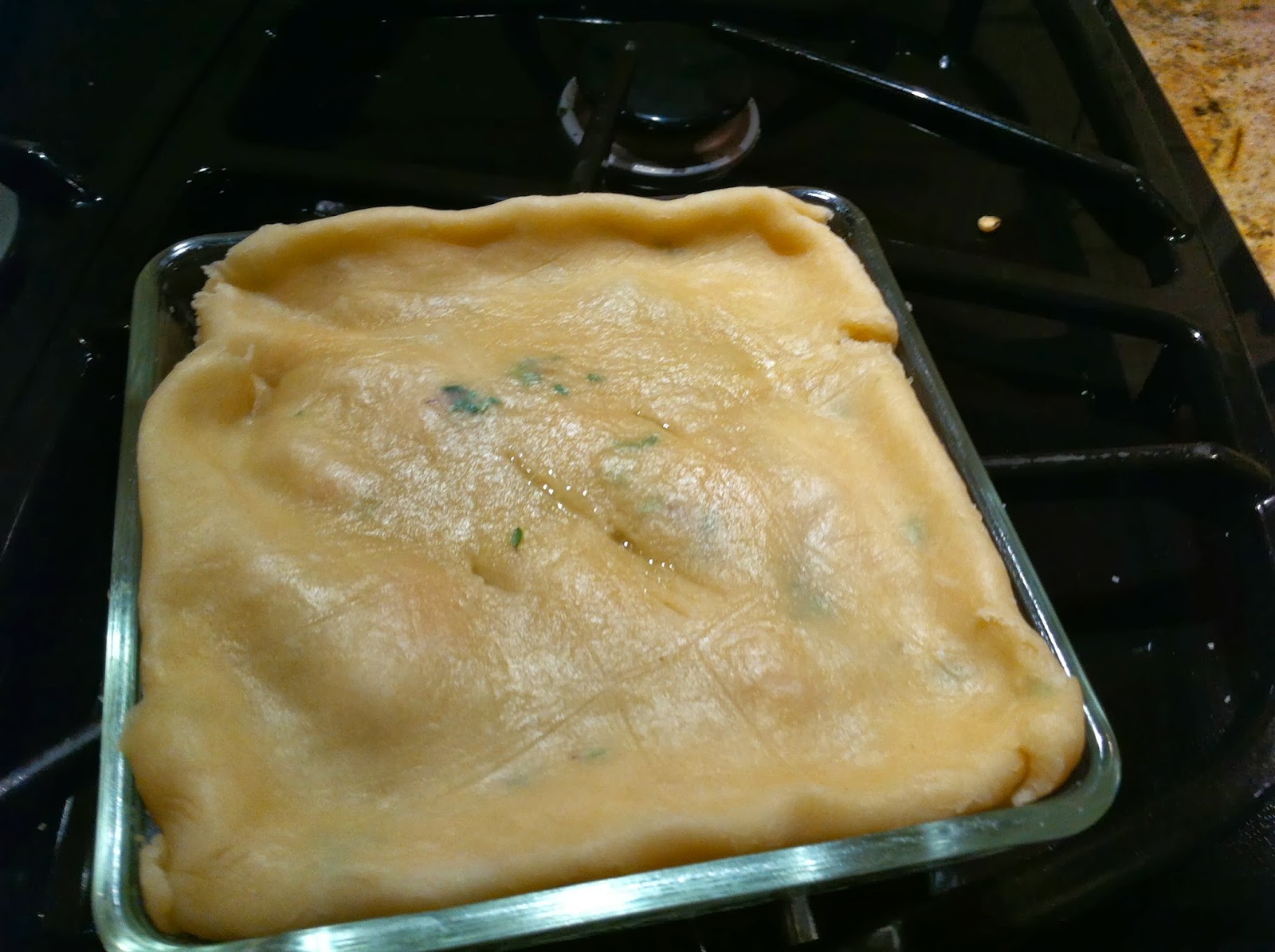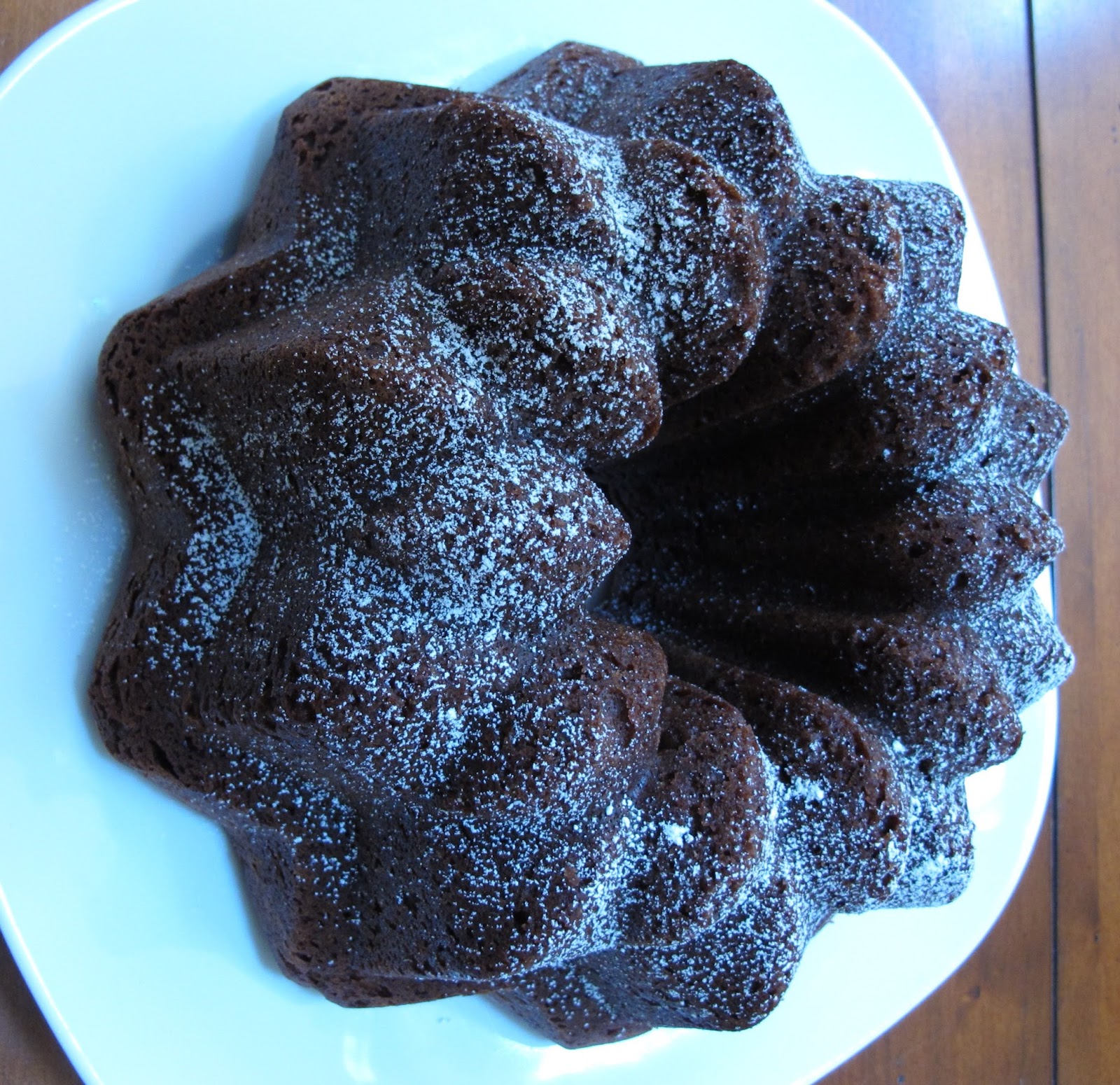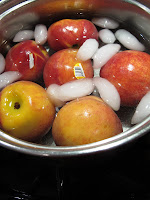The December Daring Bakers' Challenge had us all cheering - the lovely and talented Bourbonnatrix of Bourbonnatrix Bakes was our hostess and challenged us to make fun, delicious and creative whoopie pies! Delicious little cake-like cookies sandwiching luscious filling in any flavors we chose... What else is there to say but "Whoopie!"
I was super busy this month but more than determined to do this challenge. Lis, one of the founders of Daring Bakers', unexpectedly died in November. I never met her or communicated with her but I felt her wonderful presence every month as she cheered our current challenges and rooted for our future challenges. I could feel her energy in every post she gave us. Two Daring Baker members , Shelley and Ruth, have stepped forth to carry on her project and I dedicate this challenge to them as well as Lis.
So, I was making lots of whoopie this holiday season!!
I have a very good friend who makes wonderful whoopie pies and brings them to all our gatherings. I have never had a reason to make them. I got my Woopie fix from her. I was surprised how easily they came together. I am thinking that the recipe from Bourbonnatrix is a great part of that reason. I made her chocolate version and it is deeelish! I experimented with German Chocolate filling to make it a little exciting. The whoopies were delicious and filling!!! I may make them a little smaller next time. There will definitely be a next time. I love my friends whoopie pies but I don't need to wait for a party anymore...I can make whoopie anytime!
German Chocolate Whoopie Pies
For the Whoopie Pies
1/2 cup (120 ml) (4 oz) (115 gm) butter
1 cup (240 ml) (7 oz) (200 gm) brown sugar, firmly packed
1 teaspoon (5 ml) (5 gm) espresso coffee powder, optional
1 teaspoon (5 ml) (5 gm) baking powder
1/2 teaspoon (3 gm) baking soda
3/4 teaspoon (4½ gm) salt
1 teaspoon (5 ml) vanilla extract
1 large egg
1/2 cup (120 ml) (1½ oz) (45 gm) Dutch-process cocoa, sifted
2 1/3 cups (560 ml) (10 oz) (285 gm) unbleached all-purpose (plain) flour
Directions:
1) Preheat oven to moderate 350°F/180°C/gas mark 4. Lightly grease (or line with parchment)
two baking sheets.
2) In a large mixing bowl, beat together the butter, brown sugar, espresso coffee powder (if
using), baking powder, baking soda, salt, and vanilla till smooth. Add the egg, again beating
till smooth.
3) Add the cocoa, stirring to combine.
4) Add the flour to the batter alternately with the milk, beating till smooth. Scrape down the sides
and bottom of the bowl, and beat again briefly to soften and combine any chunky scrapings.
5) Drop the dough by the 1/4-cupful (60 ml) onto the prepared baking sheets, leaving plenty of
room between the cakes; they'll spread. A muffin scoop works well here.
6) Bake the cakes in a preheated moderate oven for 15 to 16 minutes, till they're set and firm to
the touch. Remove them from the oven, and cool on the pans. While still lukewarm, use a
spatula to separate them from the pan or parchment; then allow to cool completely.
 |
| Ready for baking |
 |
| Ready for filling |
German Chocolate Filling (adapted from Original Whistlestop Cafe Cookbook by Fannie Flagg)
1 1/3 cups (315 mL) heavy cream
1 1/3 cups (315 mL) sugar
4 large egg yolks, beaten
2/3 cup ( 158 mL)butter
2 teaspoon (10 mL) vanilla extract
1 1/3 cups (315 mL) flaked coconut
1 1/3 cups (315 mL) chopped toasted pecans
2 ounces (56 gm)sweet baking chocolate, grated
Combine first four ingredients in a saucepan ans cook over low heat, stirring constantly until butter and sugar melt. Bring to a boil over medium heat and cook for 12 minutes, stirring constantly. Remove from heat; add vanilla, coconut, and pecans. Let the filling stand until cool and of spreading consistency., stirring frequently. Stir in the chocolate when cool. Spread one one side of the whoopie with about 2 tablespoons of the filling and top with another whoopie half.
 |
| Custard cooking |
 |
| Chopped toasted pecans |
 |
| Filling cooling down |
 |
| Cooled filling ready for chocolate-much thicker now! |
 |
| Grated chocolate-a big pain! |
 |
| Yummy filling ready for Whoopie |






































